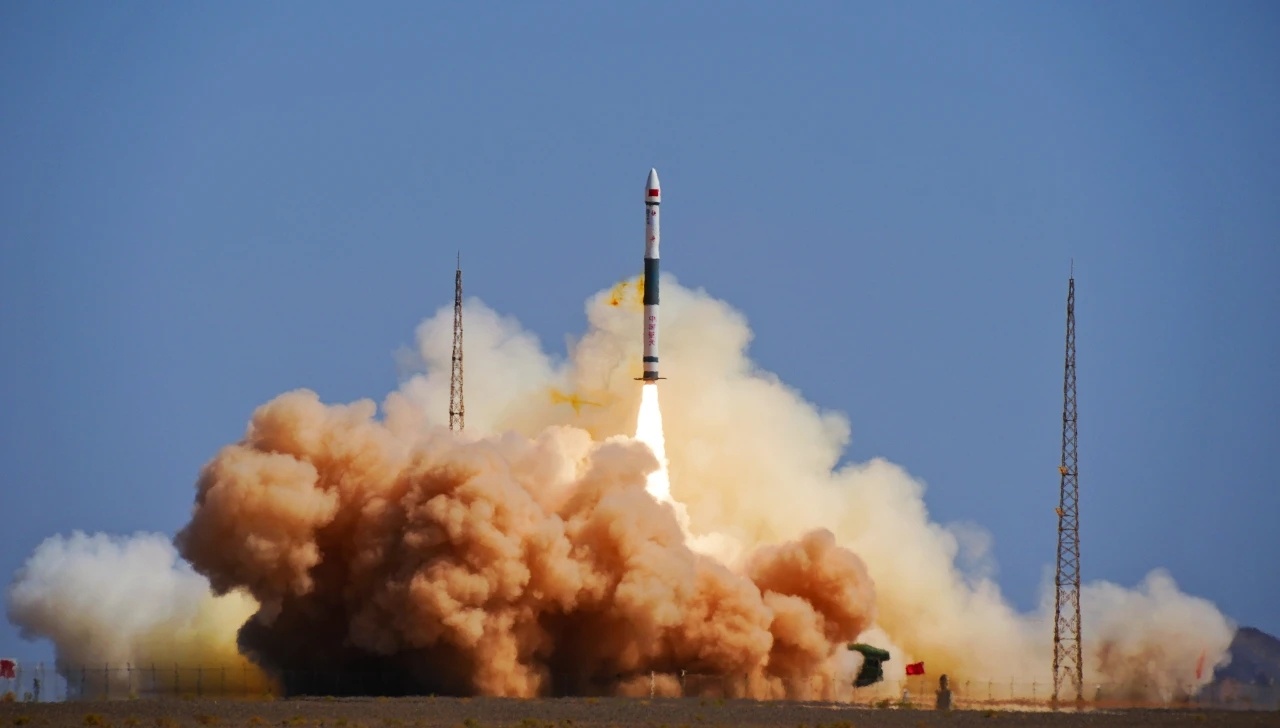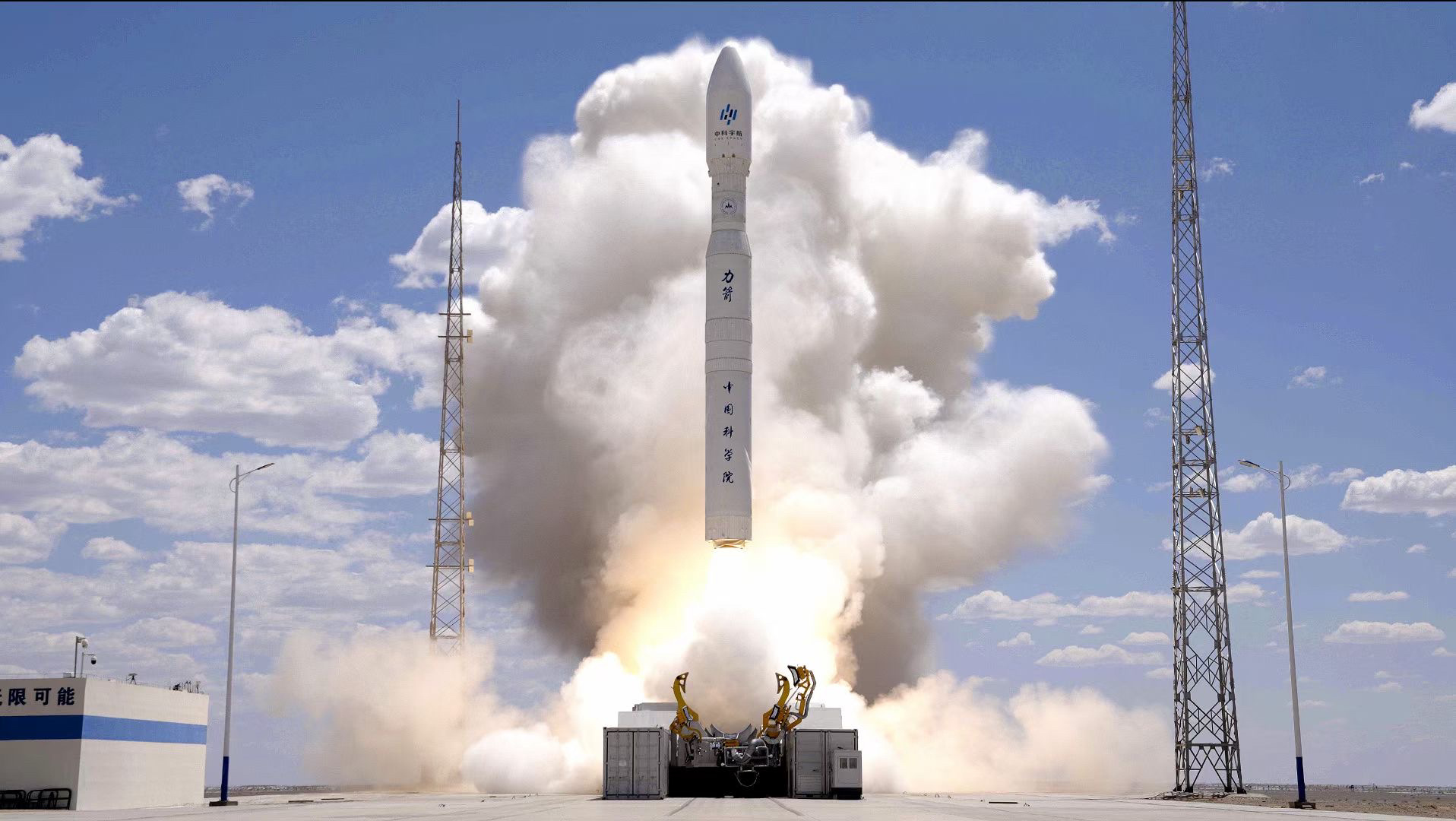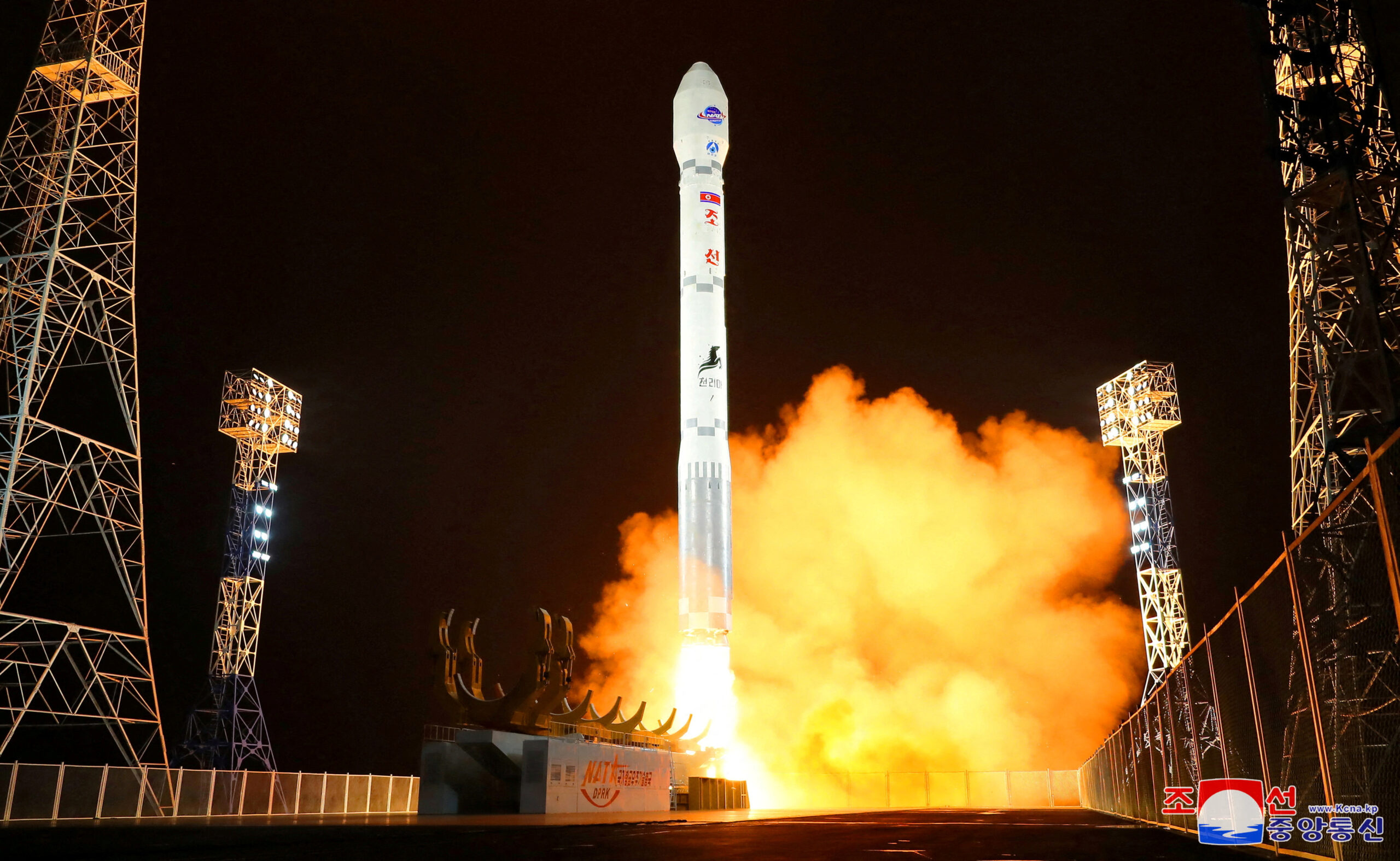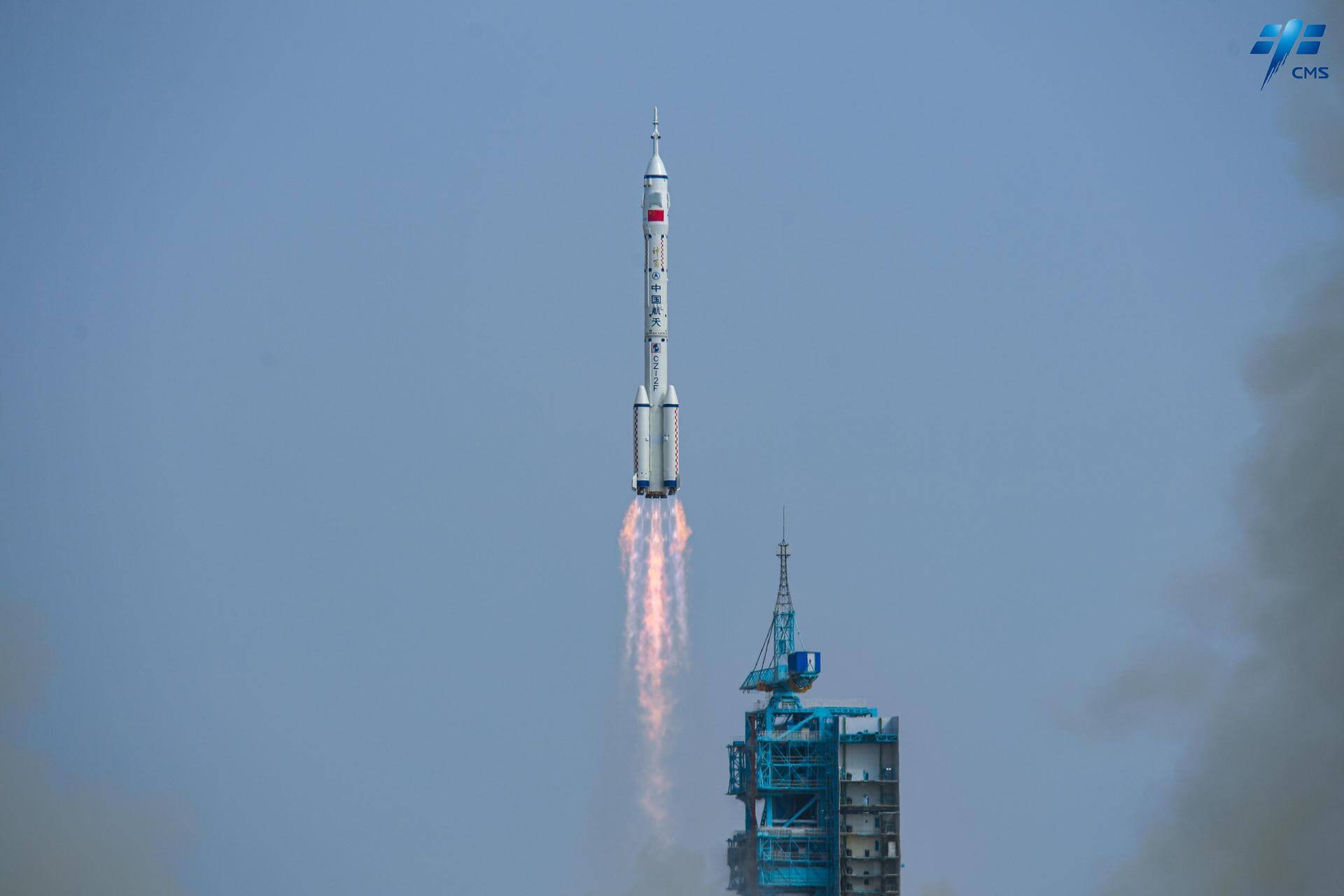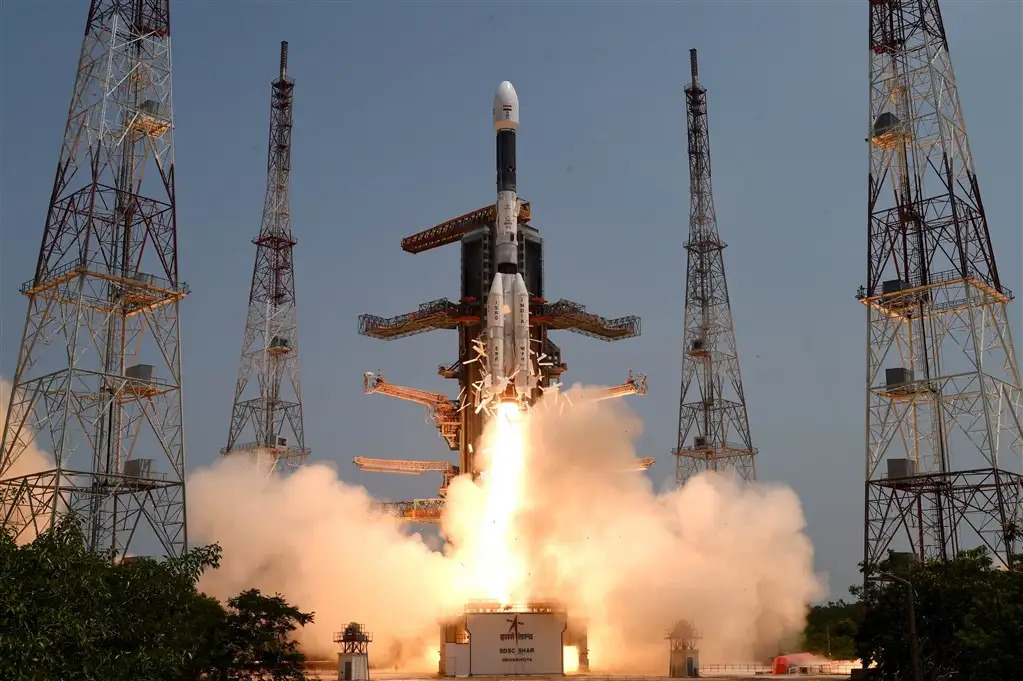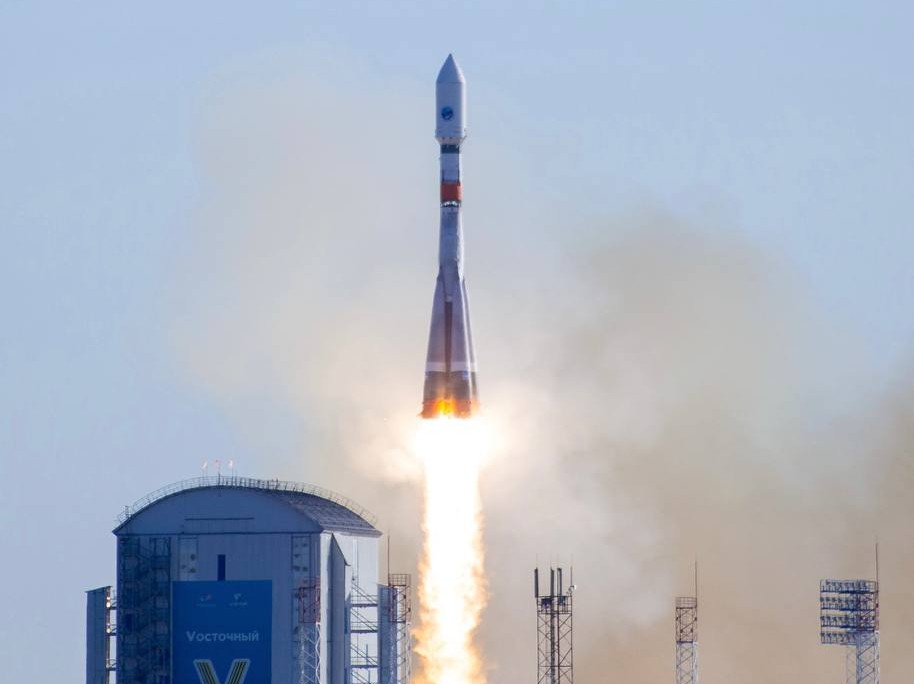Previous Spaceflight Launches
Filter by Agency, Locations or Vehicles
Show All LaunchesKuaizhou 1A | Longjiang 3
ExPace | ChinaJiuquan Satellite Launch Center, People's Republic of China
June 9, 2023, 2:35 a.m.
Kinetica 1 | Flight 2
CAS Space | ChinaJiuquan Satellite Launch Center, People's Republic of China
June 7, 2023, 4:10 a.m.
Falcon 9 Block 5 | Dragon CRS-2 SpX-28
SpaceX | United States of AmericaKennedy Space Center, FL, USA
June 5, 2023, 3:47 p.m.
Status: Launch Successful
Mission:
28th commercial resupply services mission to the International Space Station operated by SpaceX. The flight will be conducted under the second Commercial Resupply Services contract with NASA. Cargo Dragon 2 brings supplies and payloads, including critical materials to directly support science and research investigations that occur onboard the orbiting laboratory.
Low Earth Orbit B1077 - Flight Proven ( ) A Shortfall of GravitasFalcon 9 Block 5 | Starlink Group 6-4
SpaceX | United States of AmericaCape Canaveral SFS, FL, USA
June 4, 2023, 12:20 p.m.
Falcon 9 Block 5 | Starlink Group 2-10
SpaceX | United States of AmericaVandenberg SFB, CA, USA
May 31, 2023, 6:02 a.m.
Chollima-1 | Malligyong-1a
Korean Committee of Space Technology | North KoreaSohae Satellite Launching Station, Cholsan County, North Pyongan Province, Democratic People's Republic of Korea
May 30, 2023, 9:27 p.m.
Long March 2F/G | Shenzhou 16
China Aerospace Science and Technology Corporation | ChinaJiuquan Satellite Launch Center, People's Republic of China
May 30, 2023, 1:31 a.m.
GSLV Mk II | IRNSS-1J (NVS-01)
Indian Space Research Organization | IndiaSatish Dhawan Space Centre, India
May 29, 2023, 5:12 a.m.
Status: Launch Successful
Mission:
This is a replacement satellite for the Indian Regional Navigation Satellite System. The constellation will provide India with an alternative to GPS and will be used for military and civilian use. Located at a geosynchronous orbit, the system will be operated by the Indian government.
Geostationary Transfer OrbitFalcon 9 Block 5 | BADR-8
SpaceX | United States of AmericaCape Canaveral SFS, FL, USA
May 27, 2023, 4:30 a.m.
Soyuz 2.1a/Fregat-M | Kondor-FKA No.1
Progress Rocket Space Center | RussiaVostochny Cosmodrome, Siberia, Russian Federation
May 26, 2023, 9:14 p.m.
Status: Launch Successful
Mission:
The Kondor-FKA is a small civilian radar Earth observation satellite designed by NPO Mashinostroyeniya as a civilian counterpart to the Kondor-E satellite. The Kondor satellite features a S-band synthetic aperture radar (SAR), which can conduct both continous swath surweys or detailed spot surveys. The swath width is 10 km. Ground resolution is 1 to 2 m in spotlight mode, 1 to 3 m in stripmap mode and 5 to 30 m in ScanSAR mode.
Sun-Synchronous Orbit